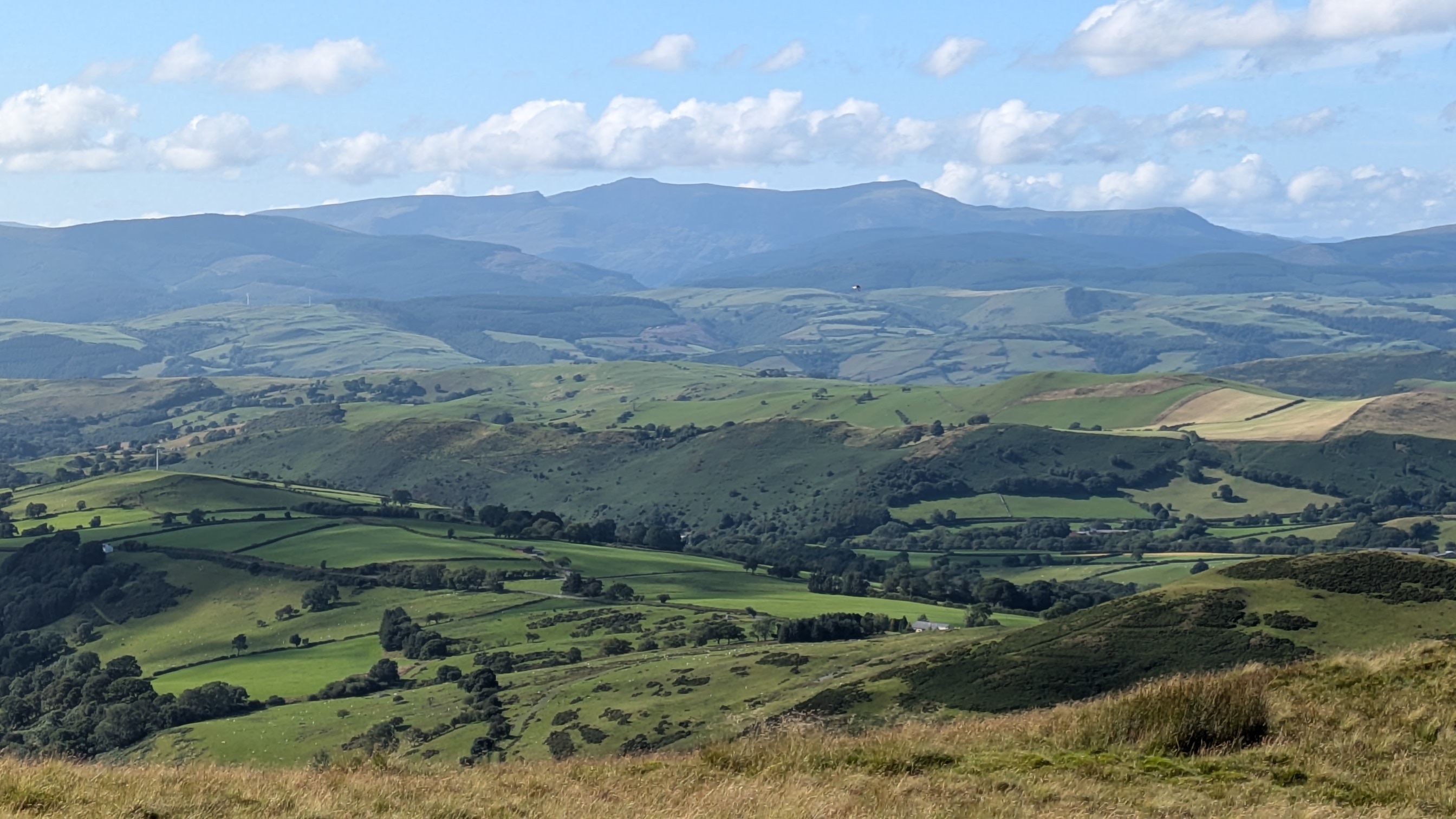Nature and the biosphere are critical allies in our response to the climate and environmental emergency. Forests, the Ocean, wetlands, and grasslands regulate the Earth’s climate by absorbing carbon dioxide, cooling the atmosphere, and supporting the water cycle.
Trees and soil sequester billions of tonnes of carbon annually, while mangroves and peatlands store even more per hectare than rainforests, making their protection and restoration vital. The Ocean, covering over 70% of the planet, absorbs around 25% of human-generated CO₂ and over 90% of excess heat, acting as buffers against climate change—though this role is increasingly strained.
Biodiversity underpins ecosystem resilience, enabling nature to adapt to stressors like extreme weather and pollution. Healthy ecosystems provide essential services: clean air, fresh water, food, medicine, and protection from natural disasters. They also reduce the risk of zoonotic diseases by maintaining balance between species.
Yet, human activity continues to degrade nature through deforestation, overfishing, pollution, and habitat destruction. Protecting and restoring the biosphere is not optional—it is foundational to long-term survival. Nature-based solutions, such as reforestation, regenerative agriculture, and marine conservation, are cost-effective and essential for climate mitigation and adaptation. Safeguarding nature is safeguarding ourselves and future generations.











